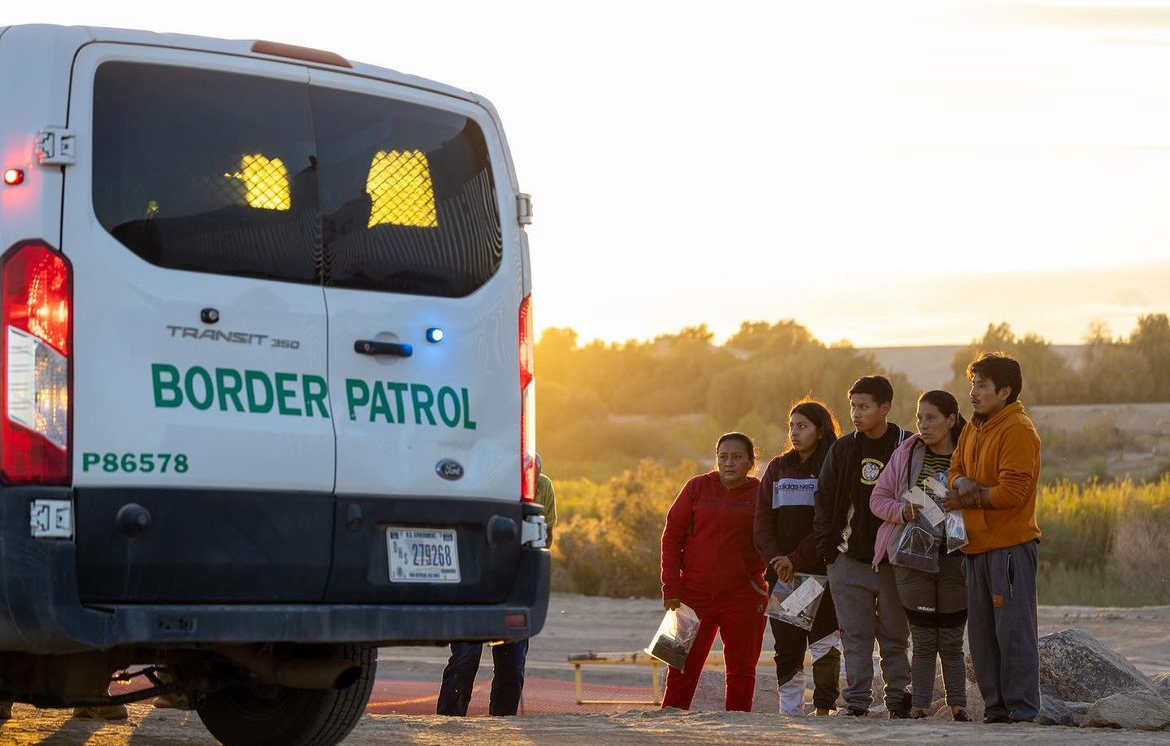The United States has the largest immigrant population in the world, holding one-fifth of the world’s international migrants. In 2023, the legal immigrant population reached a total of 47.8 million, marking a 1.6 million increase from 2022, the largest surge since 2000.
People immigrate to the U.S. for a multitude of reasons, including family, work, education and safety. This diversity enhances the cultural and economic fabric of the country and offers individuals opportunities for a better life—opportunities often unavailable in their home countries. This belief forms the foundation of the “American Dream,” the idea that every person in the U.S. has the opportunity to be prosperous and can achieve success through hard work, initiative and determination.
While legal immigration has long been a cornerstone of America’s identity, it has become a contentious issue in recent years due to the country’s shifting political climate. Migrants are often unfairly portrayed as liabilities who take advantage of American resources without contributing in return. In reality, many immigrants integrate into society by obtaining jobs, paying taxes and learning English, demonstrating their commitment to building a future in the U.S.
In recent political discourse, there have been multiple instances where the government, political leaders and states have used migrants and refugees as leverage in political conflicts or to influence public opinion. Instead of viewing refugees as individuals fleeing conflict, persecution or economic hardship, they are increasingly seen as instruments to pressure opponents or distract from domestic issues.
During his first term in office, President-elect Donald Trump invoked Title 42 to curb the spread of the COVID-19 pandemic, citing health concerns. Under Title 42, migrants–including those seeking asylum–were quickly expelled at the border. The policy was met with harsh criticism. It was seen as limiting migration and access to asylum without any legal process under the guise of protecting public health. President Joe Biden kept this policy in place until May 2023, when it was phased out following the end of the public health emergency. Its expiration marked the reinstatement of Title 8, restoring formal hearings and legal steps for migration cases. A new law was implemented: migrants caught crossing the border illegally would be barred from returning for five years and could face criminal prosecution for repeat offenders.
The two parties diverge dramatically in their immigration policy. The Democratic party generally emphasizes a more compassionate approach, advocating for the humane treatment of migrants, creating opportunities for citizenship and offering protection for refugees. In contrast, the Republican party prioritizes strict border enforcement. It sees the need to control migration to maintain national security and economic stability, often viewing immigration as a potential threat to resources and social cohesion.
Vice President Kamala Harris, the Democratic nominee for this year’s election, has focused on a balanced approach that combines humanitarian efforts with responsible border security. Her platform emphasizes addressing the root cause of migration through international aid and family reunification initiatives. Trump, on the other hand, representing the Republican stance, advocates for deterrence, linking unauthorized immigration to rising crime rates while extending the wall between the U.S. and Mexico border and conducting mass deportations.
This divide is mirrored in public opinion, with 47% of voters trusting Trump more to handle immigration, compared to 36% trusting Harris. Additionally, 57% of registered voters believe that America’s openness is essential to the nation’s identity, and 42% disagree and see it as a potential risk.
The issue of migration has been politicized, reducing the complex stories of individuals seeking refuge to political talking points. One example occurred during the 2022 migrant relocation campaign led by Texas Governor Greg Abbott and Florida Governor Ron DeSantis. In this campaign, migrants who had crossed the border and were residing in southern U.S. regions were transported to northern, Democratic-leaning sanctuary cities known for policies limiting cooperation with federal immigration enforcement. The goal was to shift some of the perceived burden of handling migrants from southern border states to cities that had expressed public support of immigrant rights.
Migration has been weaponized to sway public sentiment and apply political pressure. The stories of individuals seeking refuge are being buried under headlines designed to invoke fear or political allegiance. Instead of viewing refugees as people in need, they are often reduced to pawns in a game they never chose to be a part of. America’s immigration policy will shape not only its borders but also its identity as a nation. As America moves forward under new political leadership, remember that behind every statistic is a human story deserving of dignity and compassion—America’s identity has always been tied to the promise of hope and opportunity for all.








